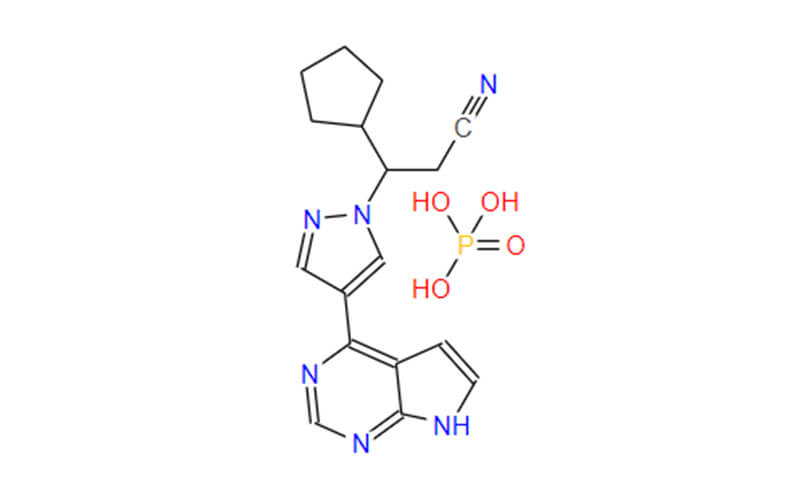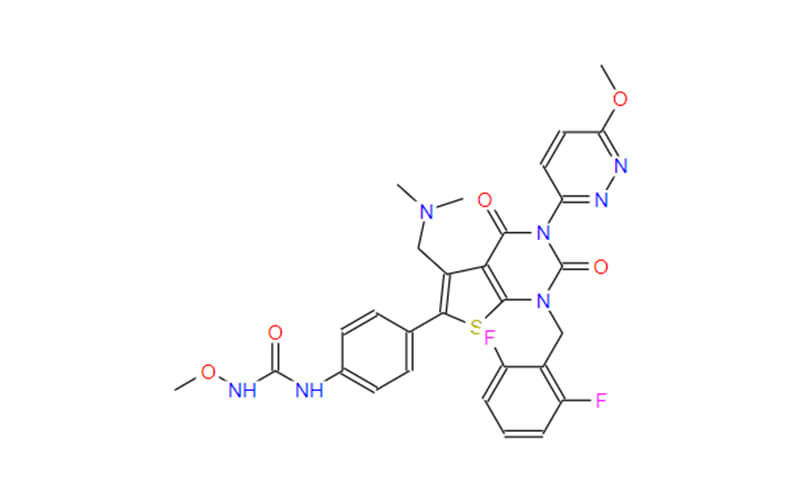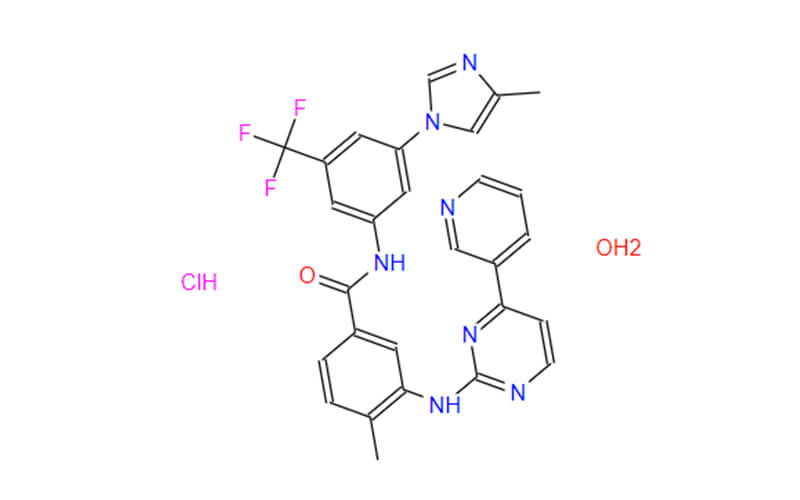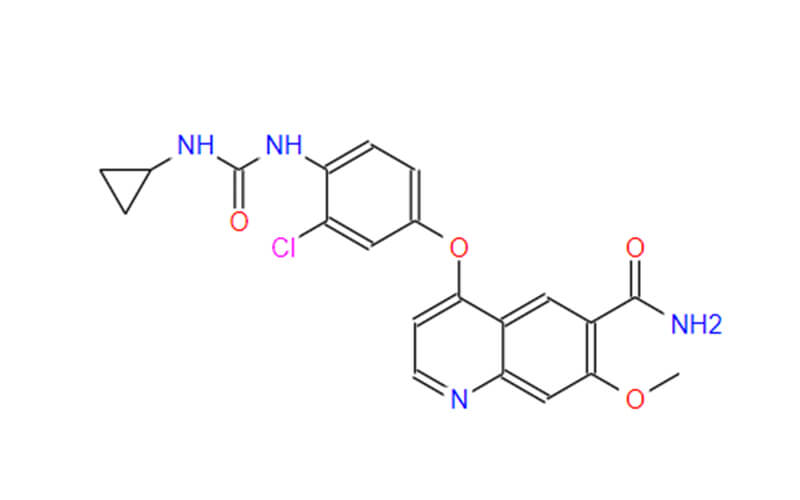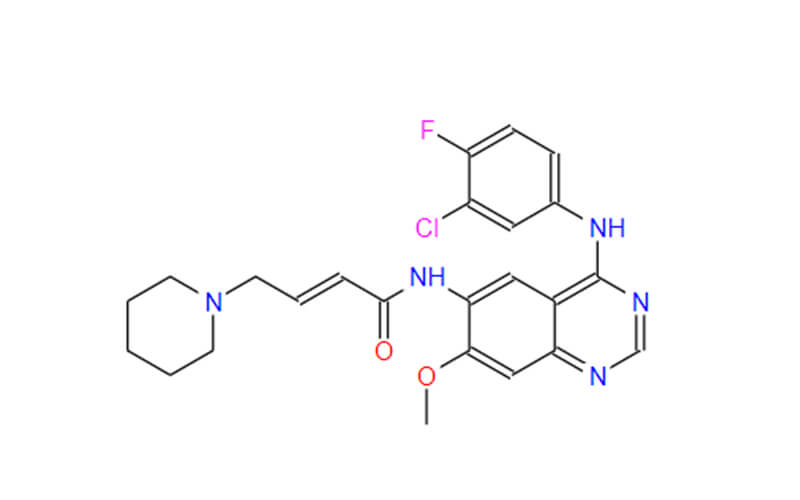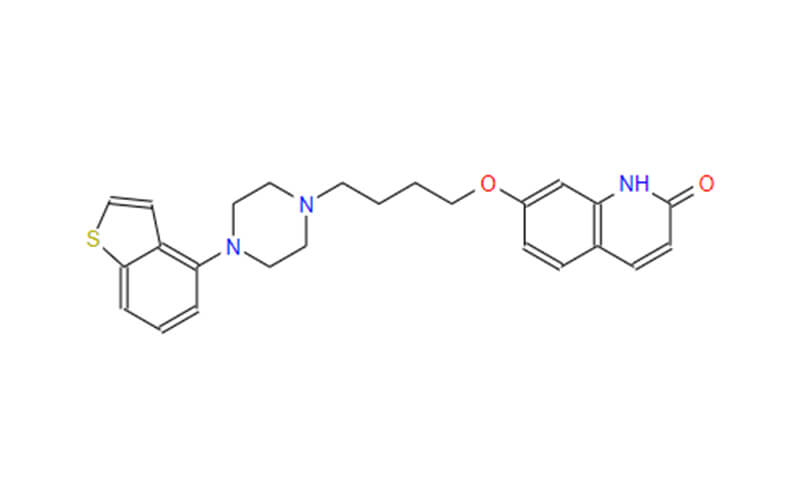Aprepitant Uses in Chemotherapy-Induced Nausea and Vomiting (CINV)
Aprepitant is a medication used to prevent nausea and vomiting, often associated with chemotherapy or surgery. It belongs to the neurokinin-1 receptor antagonist class. By blocking substance P, a neurotransmitter related to nausea, aprepitant helps manage these side effects. It’s usually used alongside other antiemetic drugs, taken as capsules or intravenously.
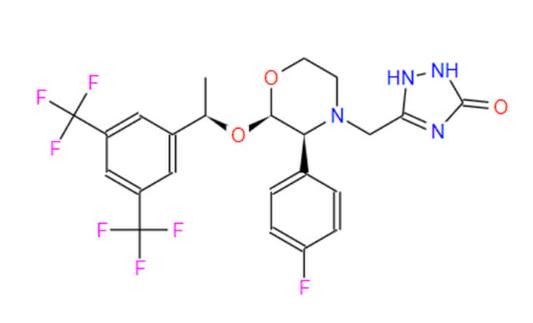
What is Chemotherapy-induced Nausea and Vomiting (CINV)?
Chemotherapy-induced nausea and vomiting (CINV) is a distressing and common side effect experienced by individuals undergoing chemotherapy, a potent medical treatment for cancer. CINV occurs as a result of the impact of chemotherapy drugs on the body’s normal physiological processes, particularly those in the digestive and central nervous systems.
Chemotherapy drugs, while effective in targeting rapidly dividing cancer cells, can also affect healthy cells, including those lining the stomach and the brain’s vomiting center. This disruption triggers a complex cascade of signals involving neurotransmitters and receptors, leading to sensations of nausea and subsequent vomiting.
CINV is often categorized into two phases: acute, occurring shortly after chemotherapy, and delayed, arising 24 to 48 hours later. The intensity of CINV can vary widely, ranging from mild discomfort to severe, incapacitating episodes. Its impact extends beyond the physical realm, as CINV can significantly diminish a patient’s quality of life, hinder nutritional intake, and potentially lead to treatment discontinuation or dose reduction.
Efforts to manage CINV involve a multimodal approach, including antiemetic medications like Aprepitant (Emend), which targets neurokinin receptors in the brain. By effectively addressing CINV, healthcare providers aim to enhance patients’ well-being, increase treatment adherence, and enable them to tolerate chemotherapy more effectively.
How Aprepitant Used as A Key Medication to Manage CINV?
1. Aprepitant’s Mechanism of Action
Aprepitant’s mechanism of action revolves around its role as a neurokinin-1 (NK1) receptor antagonist. Neurokinin-1 receptors are found in the brain and play a significant role in triggering nausea and vomiting. Aprepitant acts to block these receptors, thereby interfering with the transmission of signals that induce nausea and vomiting.
When chemotherapy or certain other stimuli activate these neurokinin-1 receptors, neurotransmitters like substance P are released. Substance P binds to these receptors and triggers a chain of events leading to the sensation of nausea and ultimately vomiting.
Aprepitant, as an antagonist, competitively binds to the neurokinin-1 receptors, preventing substance P and other related molecules from binding. By doing so, aprepitant reduces the activation of these receptors and inhibits the signaling pathways that lead to the physiological response of nausea and vomiting.
In summary, aprepitant’s mechanism of action involves blocking neurokinin-1 receptors, which helps prevent the neurotransmitter-induced processes responsible for chemotherapy-induced nausea and vomiting. This pharmacological action makes aprepitant a valuable tool in managing these side effects and improving the overall quality of life for individuals undergoing chemotherapy.
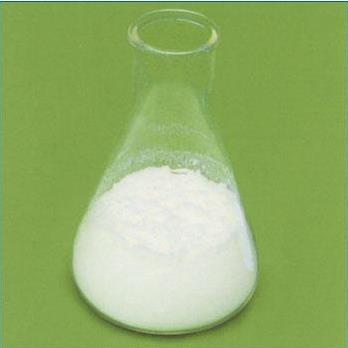
2. Clinical Efficacy of Aprepitant
Aprepitant’s clinical efficacy solidifies its position as a cornerstone in CINV management.
Rigorous clinical trials and extensive studies stand as a testament to its remarkable prowess in curbing the waves of nausea and vomiting triggered by chemotherapy. Through a delicate interplay of chemistry and pharmacology, aprepitant not only addresses the immediate onslaught of acute CINV but also extends its protective embrace into the delayed phase, ensuring a comprehensive shield against the persistent threat. This dual-phase defense offers patients a tangible respite, a sanctuary from the relentless turmoil that can eclipse the hope and determination required for successful cancer treatment.
Moreover, aprepitant’s versatility shines through its collaborative efforts with other antiemetic medications. Much like a synchronized ensemble, aprepitant harmonizes its effects with those of 5-HT3 receptor antagonists and corticosteroids, enhancing its potential to alleviate CINV. This multidimensional approach presents patients with a symphony of relief, skillfully orchestrating an intricate balance that brings both physical comfort and emotional solace.
4 Tips about the Dosage and Administration of Aprepitant
Understanding the optimal dosage and administration of aprepitant is akin to deciphering a map that leads to effective relief from chemotherapy-induced nausea and vomiting (CINV). This meticulous journey through dosing regimens and administration guidelines ensures that patients can navigate the challenges of cancer treatment with precision, enhancing their quality of life while minimizing the impact of CINV.
Tip 1: Initial Dosing Strategy
Embarking on the aprepitant regimen begins with an initial dose, typically administered prior to the initiation of chemotherapy. For adults, the common dosage is a single 125-milligram oral capsule, taken one hour before the chemotherapy infusion. This strategic timing primes the body to preemptively counteract the onslaught of nausea and vomiting triggered by the chemotherapy agents.
Tip 2: Navigating the Delayed Phase
The battle against CINV extends beyond the immediate aftermath of chemotherapy. To effectively combat the delayed phase, a follow-up dosing regimen is recommended. Patients are advised to take a lower 80-milligram oral capsule once daily on Days 2 and 3 following the initiation of chemotherapy. This sustained approach ensures that the protective shield of aprepitant remains vigilant as the body navigates the aftermath of treatment.

Tip 3: Pediatric Precision
In the realm of pediatric care, dosing is tailored to the patient’s weight and age. Children aged 6 months and older, receiving chemotherapy, embark on a journey where aprepitant dosing is meticulously calibrated to their unique needs. This personalized approach ensures that the relief offered by the aprepitant extends across all age groups, heralding relief for young patients combating the challenges of CINV.
Tip 4: Seamless Administration
Administration of aprepitant is characterized by its seamless integration into the patient’s treatment regimen. Oral capsules are designed for straightforward ingestion, either on an empty stomach or with a light meal, aiding patients in embracing the dosage routine without undue complexity. Healthcare providers ensure that the timing of administration aligns with chemotherapy infusion schedules, maximizing the aprepitant’s efficacy and granting patients a smoother voyage through the labyrinth of CINV.
In essence, understanding the nuances of the aprepitant’s dosage and administration is tantamount to orchestrating a symphony of relief amidst the tumult of cancer treatment. The precision of dosing strategies, coupled with strategic administration, forms a roadmap that empowers patients to navigate the challenges of CINV with grace and resilience. As patients and healthcare providers collaborate to chart this course, the aprepitant’s role as a steadfast ally in the fight against CINV becomes ever more pronounced, offering patients not just relief, but a journey towards enhanced well-being.
Conclusion
In the intricate tapestry of cancer care, Aprepitant emerges as a vital thread. Beyond its pharmacological attributes, Aprepitant’s role in managing chemotherapy-induced nausea and vomiting (CINV) carries a transformative impact. By alleviating the physical distress of CINV, it illuminates a path to enhanced quality of life, fosters treatment adherence, and nurtures a positive mindset. This unassuming medication transcends its molecular composition, embodying empowerment, relief, and patient-centered care. Aprepitant stands as a beacon of hope, underscoring its pivotal role in elevating the holistic well-being of cancer patients, a testament to the far-reaching importance it holds in the intricate mosaic of cancer treatment.
Our company Qingmu is an innovation driven pharmaceutical field, which has been operating for 12 years. We specialize in R&D and manufacturing of generic APIs and advanced intermediates and also provide CDMO/CMO service for small molecule chemical drugs.
If you have any interest, welcome to contact us.

